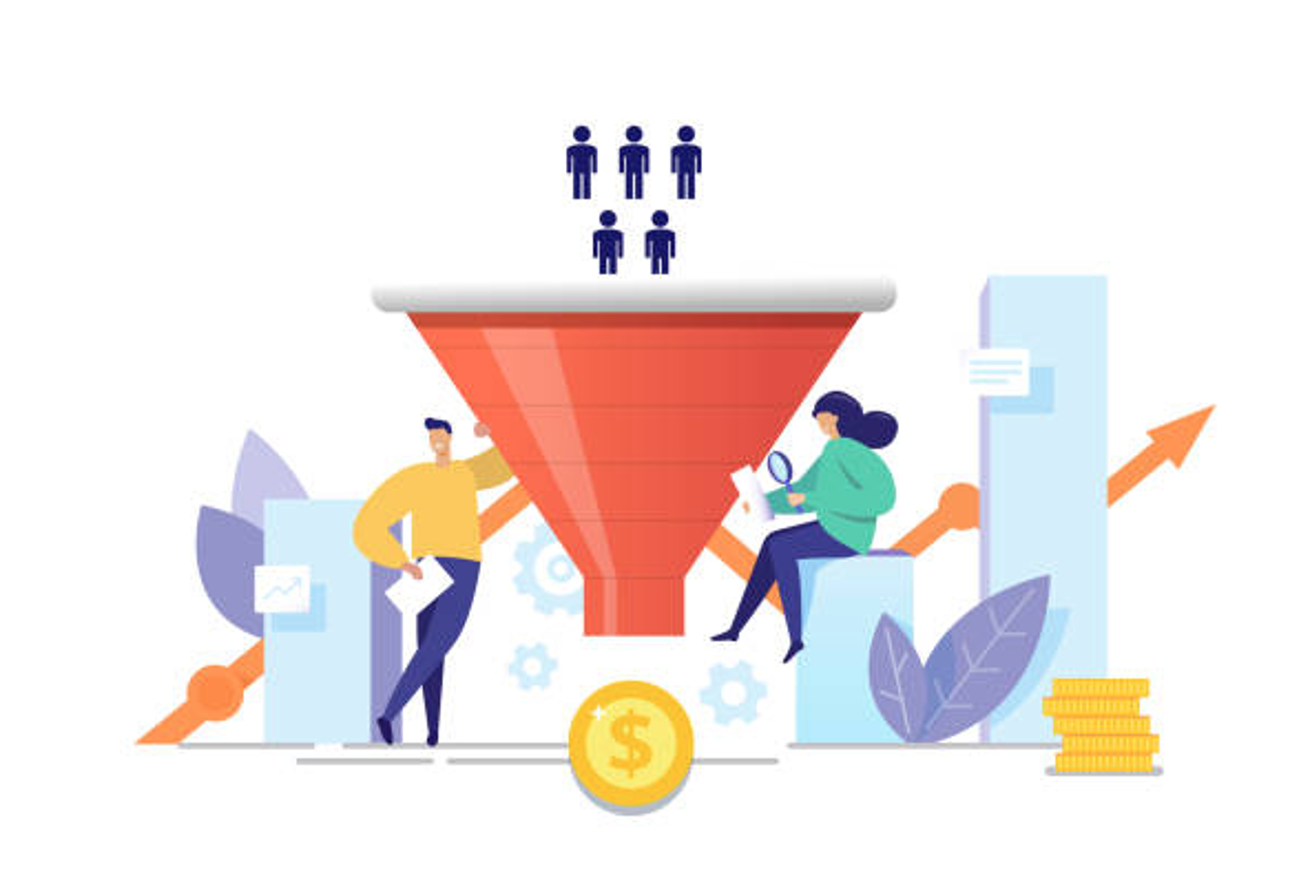How to Generate Better Sales Leads that Lead to Conversion

Are you struggling to generate sales leads that lead to conversions?
Let us help you! We’ll show you how to create a strategy that will turn your website visitors into paying customers.
There are many different strategies in converting leads into sales and we will go over 8 of them in this blog post. We hope these tips help your company generate better sales leads!
8 Ways To Generate Sales Leads that Lead to Conversion
Generating leads is the key to converting visitors into customers. Looking for the best lead generation companies is an excellent way to get more qualified leads, but what do you do with them once they’re in your pipeline? If you want these leads to be successful and convert well, then here are 8 ways that will help!
1. Capture the Attention of your Leads
Have you ever gone to a website in search of information, found it, and discovered that it didn’t provide what you were searching for, so you left? If your message does not connect with your audience, they will do the same thing.

It takes roughly 0.05 seconds for a visitor to form an opinion of your company and determine whether or not they’ll stay on your site. Capturing these micro-moments is how you can transform your visitors into leads and customers.
So, how can you get their attention? Offer Something Valuable
- The best way to pique the interests of new leads is by offering them something that they can use immediately and that is free of charge. You may offer an ebook, white paper, checklist, or infographic – something that is helpful to them and provides value. In return for getting your offer for free, you may request their name and email address.
- Consider creating a lead magnet that offers visitors an incentive in exchange for their contact information such as name and email address. This will allow your company to stay top-of-mind while giving them the chance to evaluate whether or not converting on your site would be beneficial for them.
If you want them to be interested in what you have to say, then it’s important that they notice and understand the value of your offer right away.
After they’ve downloaded your information, you’ve got a potential lead to follow up on.
2. Focus on Solving Their Problems
It’s no longer enough to just sell products – customers are more educated than ever and highly resistant.
They’re looking for personalized service, with an emphasis on understanding their needs rather than simply pitching them something.
It’s important to focus on solving the customer’s problems if you want to sell items.
A focus on addressing their needs will be what sells products.
A more effective way to start your conversation is by introducing yourself and explaining that you want to follow up on their request for contact. You can do this by asking something like “How Can I Help?”
You should always take the time to listen and learn about your customer. You will be able to ask more qualifying questions and the customer will tell you exactly what they need. This will help you provide them with a solution that is perfect for their needs because YOUR solutions might vary from CUSTOMER’s needs based on different circumstances!
Take this approach, and you’ll see your conversions improve.
3. Use Effective Communication Channels
Research the channels that your target audience uses in order to engage with you. From emails and phone calls, all the way down to social media platforms – make sure there’s a plan for how best to communicate!
This way they can trust in the authority and reliability of your business too!
4. Follow Up Your Leads
Follow-ups are required to keep in touch with your target audience.
They will need to be followed up on in order for you and the business venture to be maintained. This gives them peace of mind knowing that there is someone who cares enough about their needs as well as providing everything from assistance with anything needed!
Follow-up is crucial in ensuring that you stay top of mind, which improves your conversion when it’s time for them to decide to make a purchase!
5. Segregate your Leads
As a business, you may generate many leads each month. But not all of them are good quality. So to keep track of your leads, filter the ones that you believe would be genuinely beneficial to your business and are interested in purchasing your products or services.
Conduct intensive research on these leads, study their goals and interactions with your platform, examine their previous sales activities, implement a lead scoring system. This will help you decide who is worthy of contacting next!
The lead scoring function allows you to assess the value and importance of a lead. The higher the lead score is, the better. It’s worth being picky. This is significant since if your sales staff handles each client opportunity that comes their way, they will not only waste time and effort but also money.
Bottom line: Segmenting your leads will help you to better target the customers that are most likely to convert into sales.
6. Track Your Results
Keeping track of your conversions is critical in order to assess the effectiveness of your campaign and whether you accomplished your goal.
When you track your results, it can help provide insights into which specific products are performing better. This may assist marketers to adapt the right message to customers online.
Sales teams can use analytics and even call or email tracking software to figure out which sources are converting leads into opportunities the most and allocate resources and percentages of the budget to optimize revenue streams.
They can use this information to focus their time in a more efficient manner, focusing on the sources that tend to yield the best quantitative and qualitative results.
7. Highlight the Testimonials of your Happy Customer on your Site
Happy Customers should be highlighted on your site!
An honest customer testimonial is one of the best ways to maintain and grow your business. People trust businesses with positive reviews, so use this as an opportunity for growth by posting regular updates on how things are going from a customer perspective!
Positive reviews have a lot of power, so make sure they’re on the page where people are most likely to see them, such as on the home page, pricing page, blog page, social media sites, etc.
8. Understand Your Competition
Price is the common factor that a majority of people consider while buying any product.
Understanding who your competitors are, how they operate, what makes them different from you, and why people use them will help give you an edge over your competitors.
By performing thorough competitor analysis and understanding the strengths and weaknesses of each competitor, you can determine what your best options are.
Some questions to consider:
- What competitive products exist?
- What makes them unique from one another?
- What do they lack and how can you benefit from that?
As you know, the better the product or service you offer, the more likely people will be willing to buy from you as opposed to buying from another company that’s offering something similar, low priced but not quite as quality-driven as yours.
If your sales team is armed with this knowledge, you’ll be able to overcome your customers’ price concerns. As a result, your conversion rates will rise.
This article has been scheduled in accordance with Socialnomics’ disclosure policy.

Ayhan is the founder of Growth Rhino. He has been working with high-growth companies for the past 5 years and loves helping them grow using cold email outreach.










